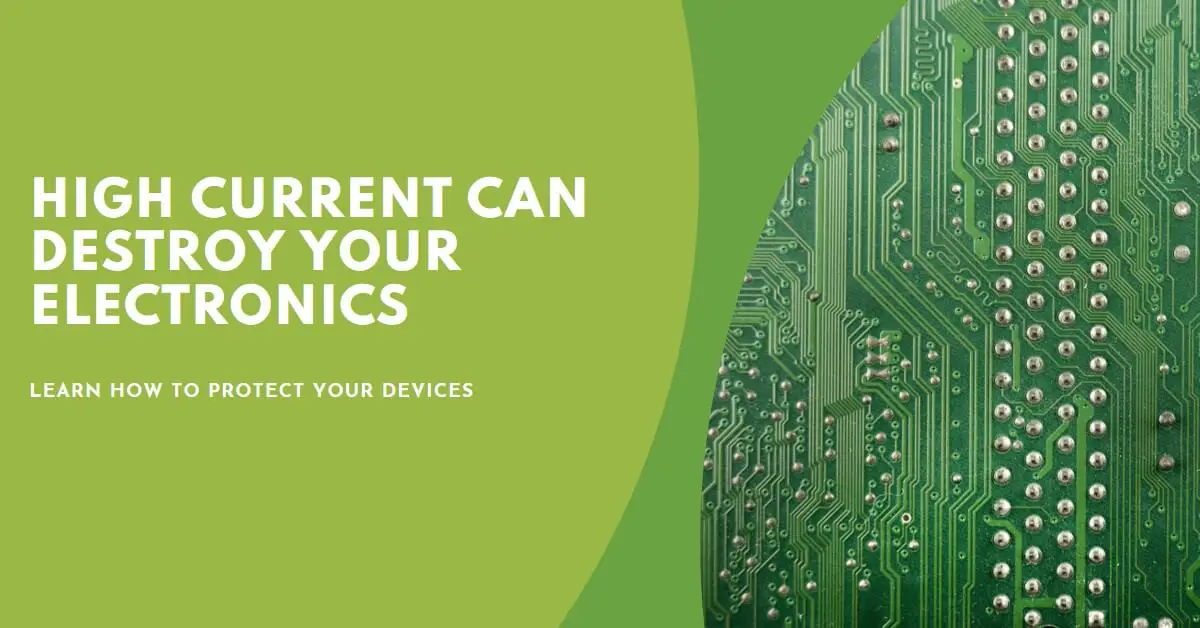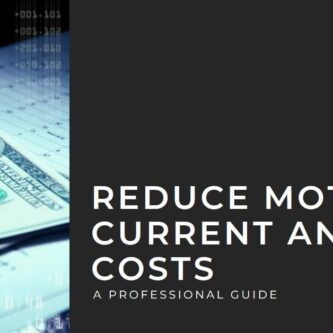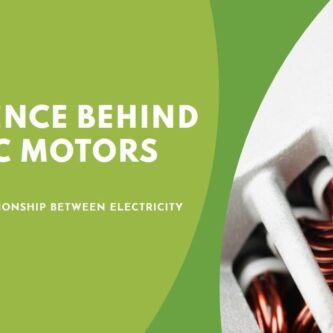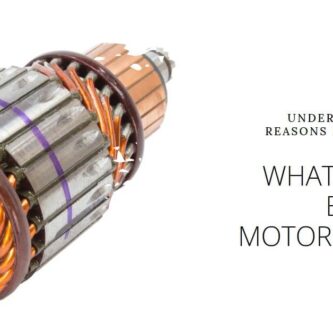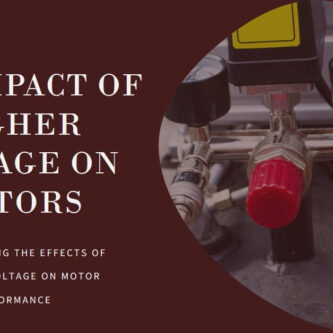Image: “Article Feature Image” by Bing is licensed under CC BY-NC-SA 4.0. Source: Bing Graphic Art. License: CC BY-NC-SA 4.0.
In our increasingly connected world, electronics play a vital role in our daily lives. From smartphones to household appliances, we rely on these devices for communication, entertainment, and convenience.
However, it’s important to understand the impact of high electrical currents on these delicate electronics.
Yes, high currents can damage electronics. High currents can cause overheating, resulting in increased resistive losses and excessive heat generation within the components.
This article explores the potential damage that high currents can cause to electronic devices and provides insights on how to protect them.
Understanding Current in Electronics
Electrical current refers to the flow of electric charge through a conductor. In the context of electronics, current is the lifeline that powers devices and enables their functionality.
It’s important to differentiate between two types of current: alternating current (AC) and direct current (DC).
AC current periodically changes its direction, commonly used in household power supply, while DC current flows in a constant direction, typically found in batteries and electronic devices.
Current is measured in units called amperes (A) or milliamperes (mA). It’s crucial to consider the factors that affect current flow in electronics, such as voltage, resistance, and the specific design and components of the device.
what causes the high current in electronics
High current in electronics can be caused by several factors:
- Faulty Wiring: Improper wiring or faulty connections can create conditions where excessive current flows through the circuit. This can happen due to loose connections, damaged cables, or incorrect wiring configurations.
- Short Circuits: A short circuit occurs when there is an unintended, low-resistance connection between two points in an electrical circuit. It bypasses the normal load and allows a high current to flow. Short circuits can result from damaged insulation, exposed wires, or faulty components.
- Power Surges: Power surges are sudden, brief increases in voltage that can lead to a spike in current flow. They can be caused by lightning strikes, utility grid issues, or switching off high-powered devices. Power surges can potentially overwhelm the protective measures in place and expose electronics to high currents.
- Component Failures: Malfunctioning or failed components within an electronic device can cause a disruption in the normal current flow. For example, a failed transistor or a damaged integrated circuit can create a low-resistance path, resulting in high current flow.
- Overload Conditions: Overloading occurs when the electrical load connected to a circuit exceeds its designed capacity. When too many devices or appliances draw power from a single circuit simultaneously, it can lead to increased current flow and potentially overload the circuit.
Effects of High Current on Electronics
When electronic devices are subjected to high electrical currents beyond their intended limits, various detrimental effects can occur.
Overheating
One of the immediate consequences of high currents is overheating. When current flows through a circuit, resistance causes energy to dissipate as heat.
Higher currents result in increased resistive losses, leading to excessive heat generation within the components.
Prolonged exposure to high temperatures can degrade or even destroy sensitive electronic parts.
Component Damage
Exceeding the maximum current ratings of components is a common cause of damage in electronic devices.
Integrated circuits, transistors, and other components have specific current limits beyond which they can fail or be permanently damaged.
When high currents surge through these components, they can experience internal failures or burn out completely, rendering the device inoperable.
Read also my comprehensive article: The Shocking Truth: Overvoltage Can Damage Your Electronics.
Voltage Drops and Power Loss
High currents can lead to voltage drops, especially in circuits with significant resistance. This voltage drop can cause problems with voltage regulation, leading to unstable operation and reduced performance of electronic devices.
Additionally, high currents result in increased power loss, reducing overall efficiency and wasting energy.
Electromagnetic Interference (EMI)
High currents can generate electromagnetic interference (EMI) that adversely affects nearby electronic devices.
EMI can induce noise, disrupt signals, and interfere with proper operation. This interference can result in malfunctioning or even complete failure of sensitive electronics, such as communication systems or medical devices.
Protecting Electronics from High Current
Taking proactive measures to protect electronic devices from high currents is essential to ensure their longevity and reliable operation.
Circuit Protection Devices
Incorporating circuit protection devices is a fundamental step in safeguarding electronics.
Fuses, circuit breakers, and surge protectors are examples of such devices that can detect and interrupt excessive currents, preventing damage to the devices downstream.
Proper Wiring and Grounding
Using appropriate wire gauges for circuits is crucial to handle the expected current levels. Undersized wires can lead to higher resistive losses and increased risk of damage.
Additionally, proper grounding techniques help dissipate excess currents safely and protect against electrical hazards.
Current Limiting Techniques
Implementing current-limiting techniques can help prevent excessive currents from reaching sensitive components. Using resistors and current-limiting circuits in series with critical components can restrict the flow of current to safe levels.
Dedicated current regulators can also be employed to maintain a consistent current level in specific applications.
Thermal Management
Efficient thermal management is essential to dissipate excess heat generated by high currents.
Heat sinks, which increase the surface area for heat dissipation, can be utilized to keep temperatures within safe limits. Cooling fans can also be employed to improve airflow and reduce operating temperatures.
Conclusion
Understanding the potential damage that high currents can inflict on electronic devices is crucial for ensuring their longevity and optimal performance.
By implementing appropriate protection measures, such as circuit protection devices, proper wiring and grounding, current limiting techniques, and effective thermal management, individuals can mitigate the risks associated with high currents and safeguard their valuable electronics.
Remember, taking proactive steps to protect electronic devices from high currents not only extends their lifespan but also ensures a more reliable and efficient user experience.
you work With Electricity! Don’t leave empty-handed!
Looking to stay ahead of the game in the world of electrical engineering? Subscribe to my YouTube channel and gain access to exclusive content you won’t find anywhere else!
The staff I recommend (Amazon Affiliate Links to products I believe are high quality):
- Economy 120 Volt/60Hz AC Power Source – Step-Down Voltage & Frequency Converters 1800W
- UNI-T Digital Multimeter Tester UT139C
- 50-Amp Extension Cord for RV “100ft”
- Voltage Stabilizer 110/220v
- Hair Dryer “best selling“
- TOSHIBA EM131A5C-BS Countertop Microwave Ovens
Disclaimer: This contains affiliate links to Amazon products. I may earn a commission for purchases made through these links.

